Health in the Virginias
Imagine living where mental health support is readily available, and community well-being is a top priority. Now, picture a neighboring state where mental health struggles are heightened and resources are scarce. This is the reality for Virginia and West Virginia residents, two states with vastly different health outcomes.
Virginia’s Success in Health and Wellness
Have you ever heard of Falls Church? It’s a small, affluent city in Northern Virginia, and U.S. News & World Report has named it the healthiest community in the United States for 2024. With high levels of education, abundant economic opportunities, and excellent healthcare access, Falls Church offers its residents a high quality of life. The city is adored for its quaint small-town atmosphere, walkable neighborhoods, and community-focused businesses, contributing to its cozy and inviting ambiance.
The Health Secrets of Falls Church
If you’re wondering what makes Falls Church so unique, it could be attributed to multiple factors. According to the 2024 U.S. News & World Report, the city ranks well in many areas.
- Education: Falls Church ranks No. 1 in education, which can contribute to better overall health. High educational attainment is linked to better health outcomes, as it is also known to lead to higher income levels, better access to healthcare, and healthy lifestyle choices.
Community: Falls Church has an intense sense of community; residents frequently engage in social activities, and the local businesses are not void of support.
- Economics: The city ranks No.6 in the economy category, with a median household income close to $148,000 and a poverty rate of just 2.3%. This adds to healthcare affordability and the maintenance of healthy lifestyles.
- Walkability: Falls Church takes pride in being a walkable city. Many amenities are within a 15-minute walk, bike ride, or public transit option. This means that grocery stores, farmers markets, restaurants, parks, gyms, and other venues are easily accessible for most. Approximately 70% of residents live within a 10-minute walk of a grocery store. As a result, people are more prone to walking places, physical activity is heightened within the city, and access to fresh food is a reality for the residents.
- Population: Falls Church ranks No. 4 in population health. This means the residents have low rates of chronic diseases and high rates of physical activity.
Diversity, Housing, and Equity
While Falls Church seems impressive, it does have areas where it falls short. For instance, it lacks diversity. The city is predominately white with smaller percentages of Black, Asian, and Hispanic or Latino residents.
Falls Church did not score well in terms of equity and housing. The city has a homeownership rate of about 56%, and many residents attribute that to how expensive housing has gotten. As reported by Arlington Magazine, 27% of households in Falls Church are cost-burdened, meaning that they spend 30% or more of their income on housing compared to the national average of 23%.
Equity remains a challenge for Falls Church. Despite its recognition as one of the healthiest communities in the nation, the city struggles with equity issues. Falls Church has one of the worst scores for racial disparity in educational attainment in the country.
According to Arlington Magazine, it also falls short on metrics such as premature death disparity, low birth weight disparity, and racial disparity in poverty.
While Falls Church may seem like a haven for many, systemic inequities, socioeconomic barriers, accessibility issues, and environmental factors persist. This highlights the need for continued efforts to make the city an equitable and inviting place for everyone to settle and call home.
West Virginia’s Mental Health Crisis
The 2024 Healthiest Communities rankings by U.S. News assessed nearly 3,000 U.S. counties on mental health, using metrics like deaths of despair, depression rates among Medicare beneficiaries, and frequent mental distress. West Virginia counties appeared most frequently on the list.
The state of West Virginia deeply contrasts with its neighbors, as counties like Clay, Logan, and Mingo struggle with high rates of depression, substance abuse, and deaths of despair. These counties are just a few examples of many others facing similar challenges in West Virginia.
Economic challenges and limited access to mental health services greatly contribute to these issues. The lack of resources and support systems leaves many people without the help they need to manage their mental health effectively.
Addressing Disparities
The disparity between the Virginias is not just a matter of numbers and rankings. It reflects the lived experiences of the residents. While Virginia’s communities benefit from a culture of health and wellness, many of West Virginia’s counties lack the infrastructure and resources needed to support residents’ health and well-being.
While Falls Church, Virginia, often ranks high in health metrics, West Virginia’s counties frequently rank low in the same categories. The state’s economic struggles are well-documented, with many communities facing high unemployment rates and limited job opportunities.
This economic instability contributes to poor health outcomes, as residents may lack the financial resources to afford healthcare, nutritious food, and other essentials for a healthy life. The stress and uncertainty associated with economic hardship can also take a toll on mental health, leading to higher rates of anxiety, depression, and substance abuse.
Virginia is more diverse than West Virginia, yet Black people experience higher rates of poverty in West Virginia.
According to the U.S. Census Bureau, in 2022, the poverty rate for Black individuals in West Virginia was significantly higher than the state average. Approximately 30.7% of Black residents in West Virginia were living in poverty compared to the overall state poverty rate of 17.9%.
This information highlights a critical issue: without access to quality healthcare and a supportive environment, our community is at a higher risk of deteriorating health, both physically and mentally. The lack of resources and support can lead to a vicious cycle of poor health outcomes, worsening the struggles faced by Black residents.
Food for Thought
While some places rank highly in health and wellness, others fall short. Our communities may be small in Falls Church, Virginia, and across West Virginia, but we endure most of the disparities. This is something to ponder and a call to action for community organizations, healthcare providers, and policymakers to unite in addressing the root causes of poor health and expanding access to essential services.
In one place, fresh vegetables are just a 10-minute walk away, while in another, residents face food deserts and struggle to obtain proper nutrition. Over time, these disparities take a toll, often manifesting in mental health issues that affect overall health and wellness.
Although Falls Church and West Virginia may not seem intricately linked, they share a common thread in highlighting the need for us to evaluate where our community stands. Whether in flourishing or struggling areas, providing a platform for improvement and equity is important.



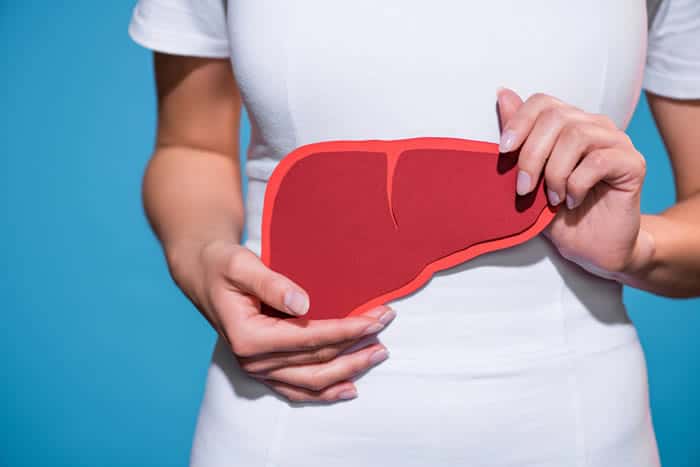







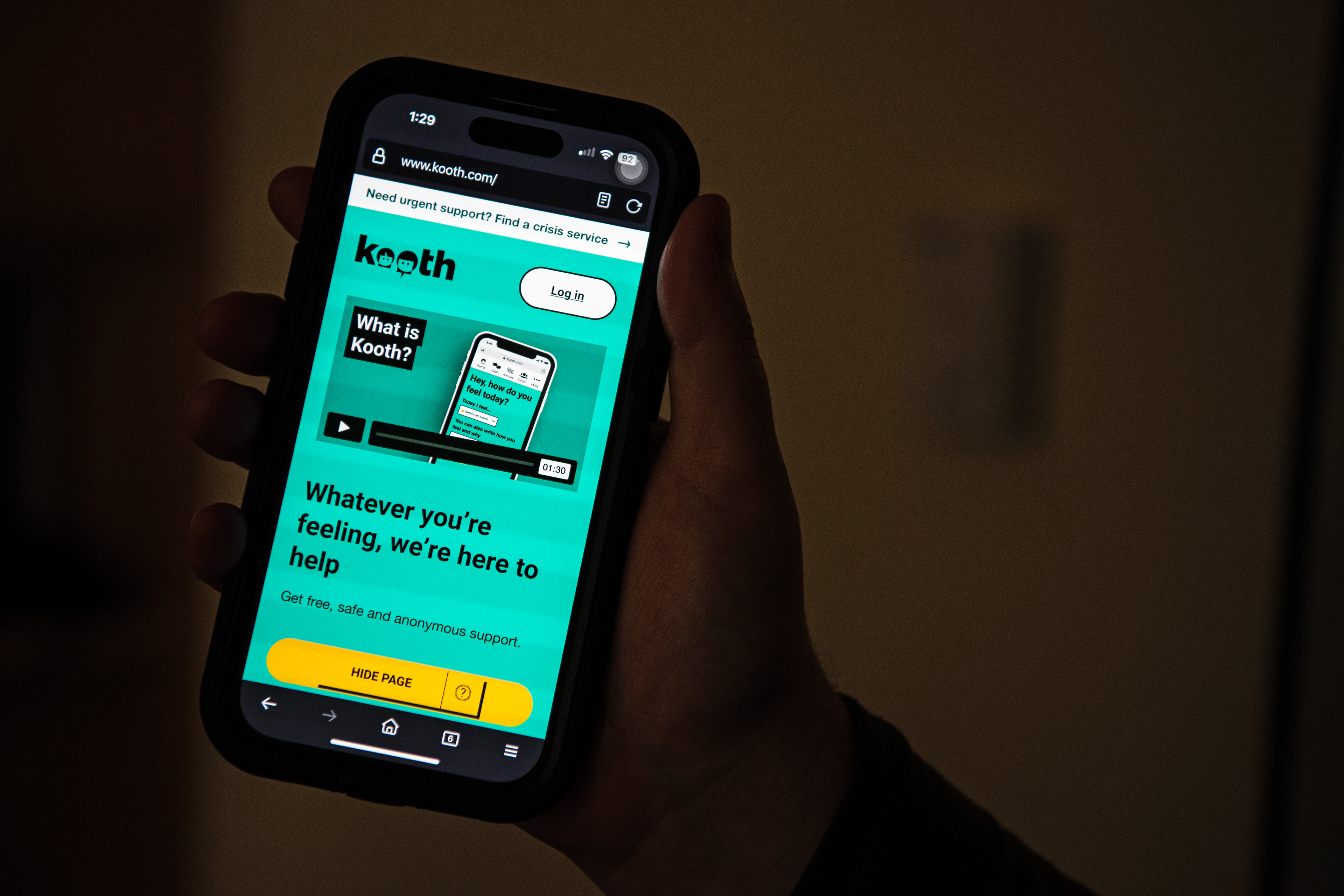


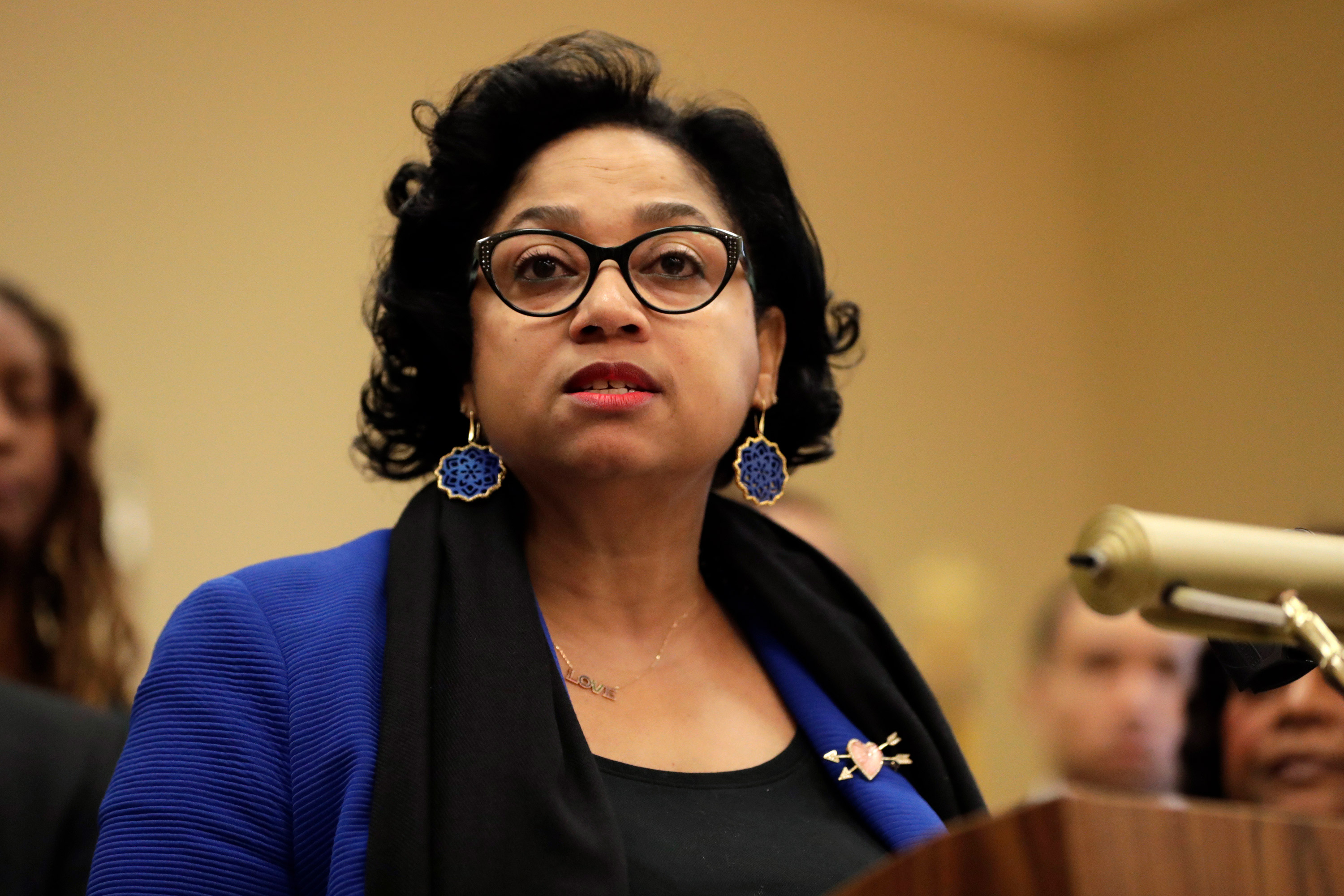

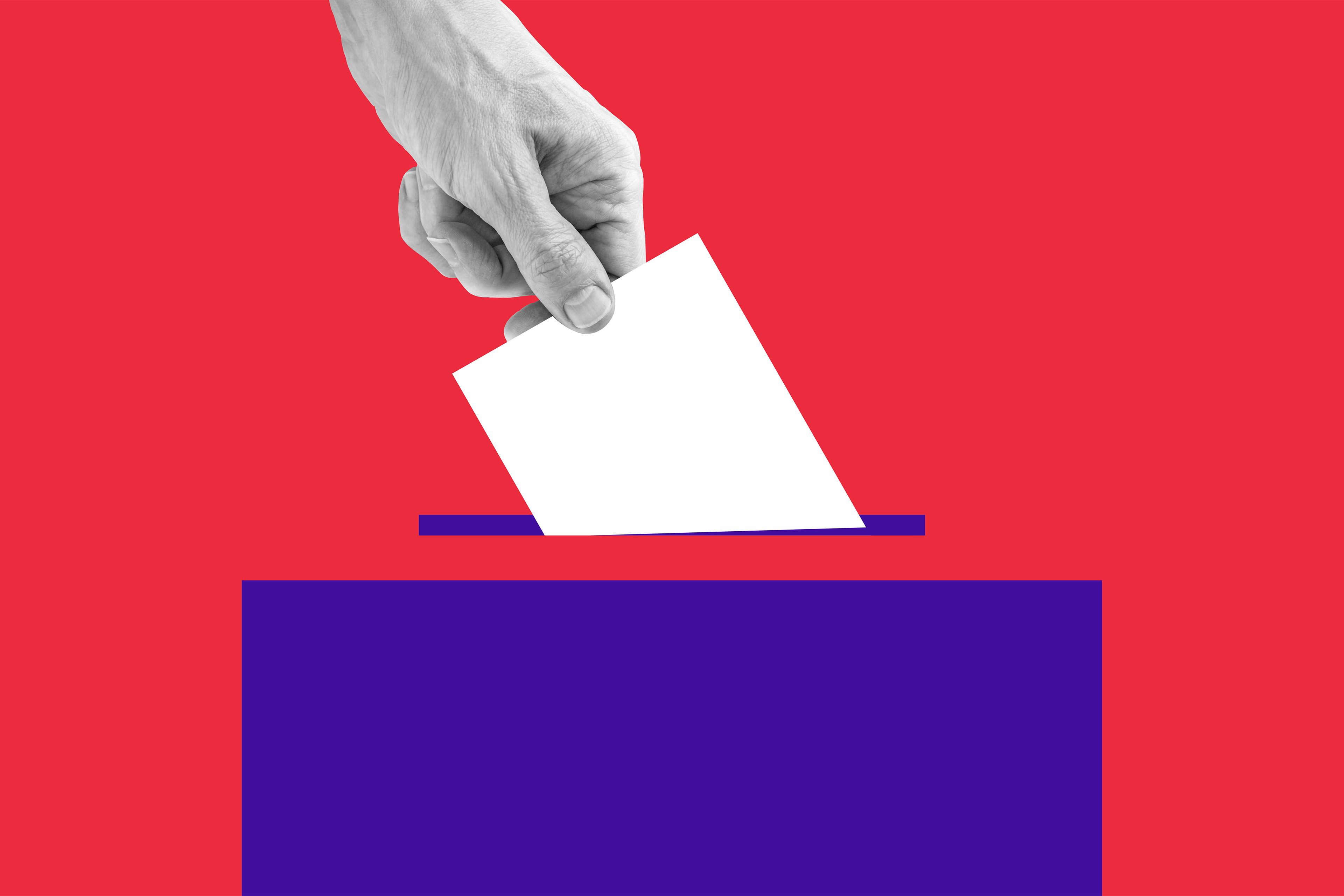
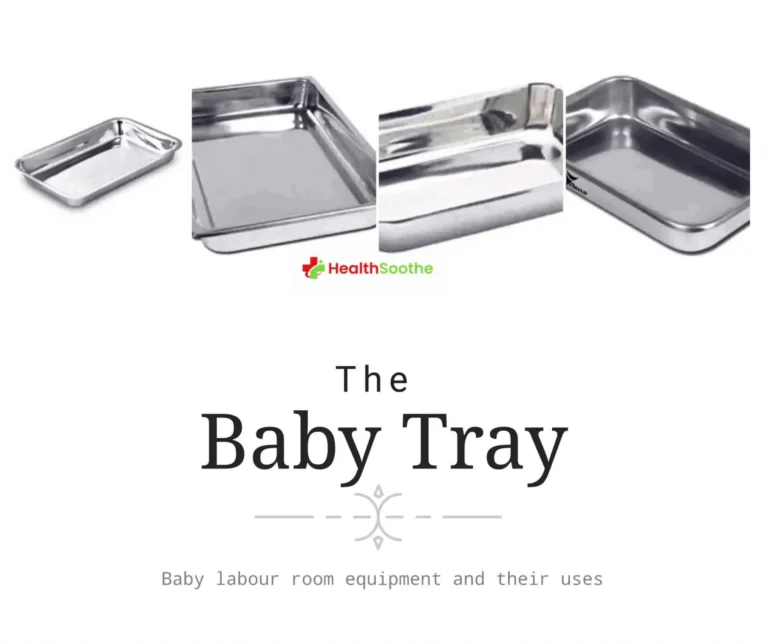
 English (US) ·
English (US) ·